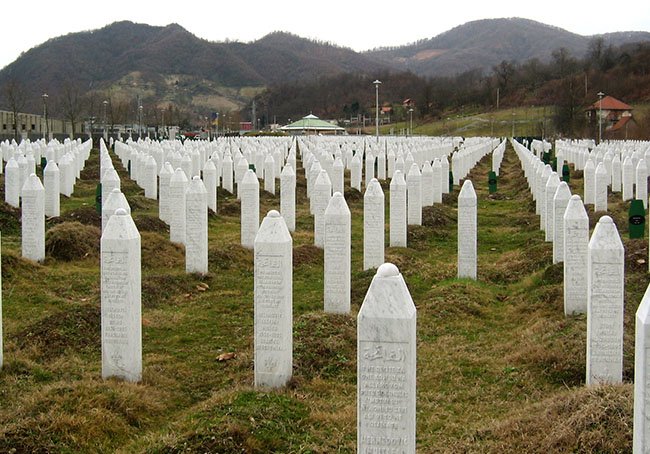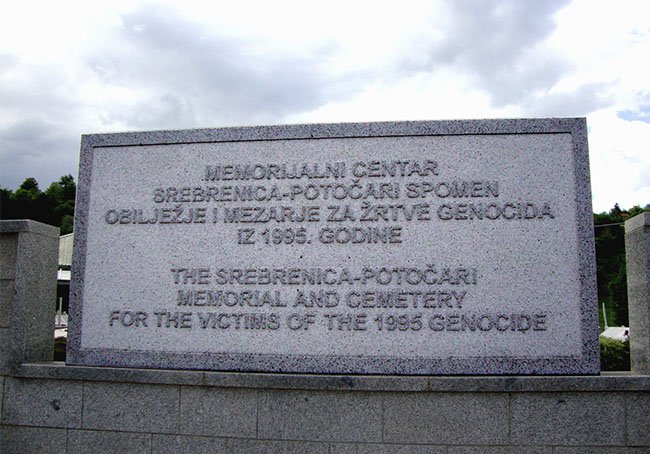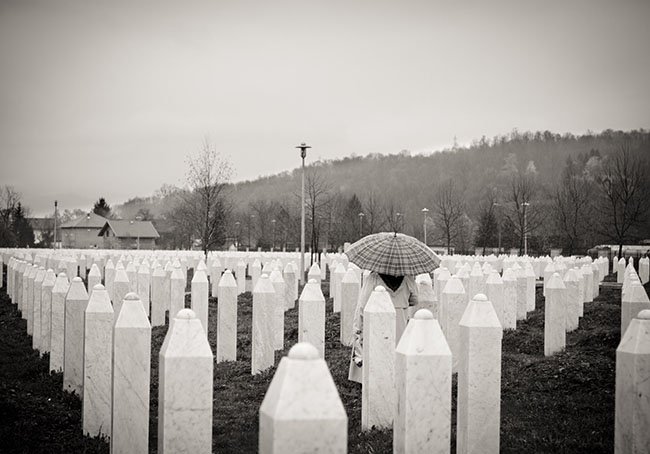The Srebrenica massacre is considered one of the worst war crimes in Europe since World War II. It occurred during the Bosnian War (1992-1995), which followed the dissolution of the Socialist Federal Republic of Yugoslavia.
8,000 Bosniak men and boys were separated and taken
Srebrenica was an enclave primarily populated by Bosnian Muslims, also known as Bosniaks. The town was under the protection of United Nations peacekeeping forces (UNPROFOR) since 1993. However, on July 11, 1995, Bosnian Serb forces led by General Ratko Mladić attacked the town.
The Serb forces quickly seized control of Srebrenica, forcing thousands of people to seek refuge in the UN base in Potočari. The Dutch UN peacekeepers, who were supposed to protect civilians, were overwhelmed by the number of people seeking shelter and were unable to prevent the Serb forces from separating men and boys from women and children.
Women, children, and the elderly were evacuated by buses to Bosniak-controlled territories. However, approximately 8,000 Bosniak men and boys were separated and taken to isolated areas where the majority of them were summarily executed. The bodies were buried in concealed mass graves.
This massacre was recognized as genocide by the International Criminal Tribunal for the former Yugoslavia (ICTY) in 2004. It elicited international condemnation and contributed to intensified efforts to end the war in Bosnia-Herzegovina. The Srebrenica massacre left deep scars in the region and played a significant role in shaping the perception of the conflicts in the 1990s.
Interethnic conflicts and ethnic cleansing
The Bosnian War was triggered by the declaration of independence by Bosnia-Herzegovina in 1992. The population of Bosnia-Herzegovina consisted of three main groups: Bosniak Muslims, Orthodox Serbs, and Catholic Croats.
The war was characterized by interethnic conflicts and ethnic cleansing. Bosnian Serbs, backed by Serbia, sought to create an independent Republika Srpska, while Bosniaks and Croats defended the territorial integrity of Bosnia-Herzegovina.
Dayton Peace Accords
The conflict was marked by atrocities committed by both sides, including massacres, rape, and forced displacement of populations. The war ended with the Dayton Peace Accords in 1995, which established a divided Bosnia-Herzegovina into two entities: the Federation of Bosnia and Herzegovina and the Republika Srpska.



